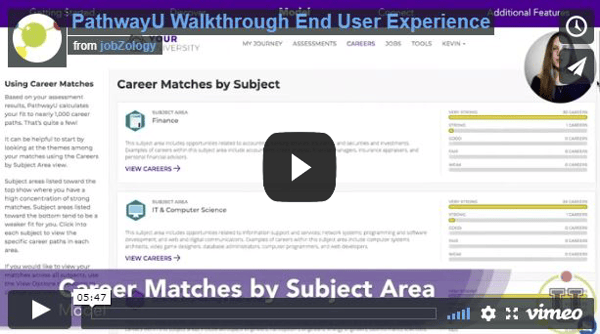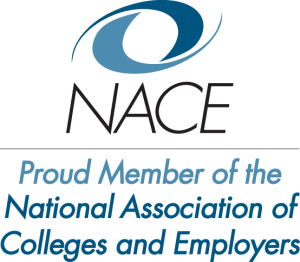3 Proven Strategies To Strengthen Postsecondary Enrollment
The coronavirus pandemic has upended higher education in multiple ways. It's accelerated the shift to online learning, and it's undermined the financial resources of students who hope to attend college. These days, everyone in higher education should be thinking of ways to strengthen enrollment. Regardless of your role at the university, here are three proven strategies to maintain and build enrollment now and in the future.
1. Provide a high quality and relevant product for students and faculty
Covid-19 last spring provided their first experience with online learning, and as many as you know, it didn't always go well. When students encounter poor quality instruction, they're not motivated to learn, and they're certainly not motivated to come back to school.
If you're not providing high quality instruction, your students will find schools and programs that are. Therefore, universities should take steps to ensure that their faculty have the equipment and the training they need to provide quality online instruction. For example, the University of Memphis has rolled out several training courses for faculty. They have provided upgrades to home video cameras and microphones. And they've set up multiple classrooms for state-of-the-art video capture.
For faculty, the challenge is to learn new skills to ensure active learning in the classroom. We should be thinking about the new opportunities for engagement now that we're all online.
2. Identify and eliminate the barriers to college applications
Schools can simplify the application process and provide support along the way. For example, a helpline for first generation college applicants. Another barrier is that too many potential students still don't see college education as a viable option. This might be particularly true for students of color or kids from lower income families. Many high school students don't see a college degree as attainable or even know how to apply. I certainly didn't at that age. Universities can take a lot of steps here. One is to have representative faculty and students, give talks to nearby high schools and middle school, start the conversation, and talk about the impact that a college degree can have and the route to get there.
It's important to emphasize all the resources that colleges can provide to first generation students. These include things like scholarships, work study opportunities, and increased advising. Potential students may not realize there's a path for them to get in to, and succeed in, college. Another strategy is to provide guidance with career discernment tools like PathwayU as part of the recruitment process.
We know from research that people are more likely to persist in higher education and they're more likely to succeed if they choose career paths for which they're well suited. At the cost of giving away one free assessment, the school might attract an applicant who enrolls in college, and then graduates in four years.
3. Make them sophomores!
Research shows that 30 percent of students drop out during or after their first year in school. So, the greatest return on investment will come from efforts directed at retaining freshmen.
One place to start is to identify predictors of students’ decisions to stay or leave school. Some of the strongest predictors of registration as sophomores are key factors that can be measured and, more importantly, influence the students first year. These would include things like first semester GPA, performance, and gateway (or “killer”) courses, and choosing a major. Using data like this can guide schools to build academic programs tailored to the specific problems and the students who need them most. For example, when providing free tutors in a difficult math class, the cost of paying student workers would be easily offset by preventing just a few stop-outs per year.
College is meant to be difficult, but it can even be more difficult for students who lack interest in the very courses that they're taking. My niece was a case in point. She started college as a pre-med major at the encouragement of her parents. After two years of getting C grades, the career discernment tool, PathwayU, revealed to her that her purpose is in teaching. The light bulb went off, her grades improved, and today she's making an impact as an elementary school teacher.
Again, the research shows that people are more likely to persist and succeed when they choose career paths that match their interests. Persisting through school is all about staying on a path. Providing students with a clear compass is one of the best investments you can make to strengthen postsecondary enrollment and increase retention.
-1.png?width=288&height=67&name=PathwayU_PGLogo%20(1)-1.png)




